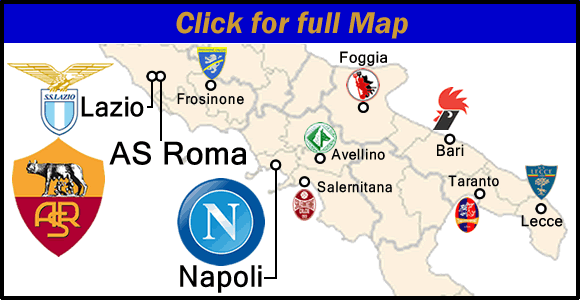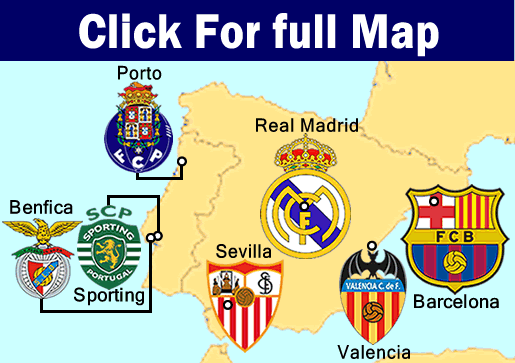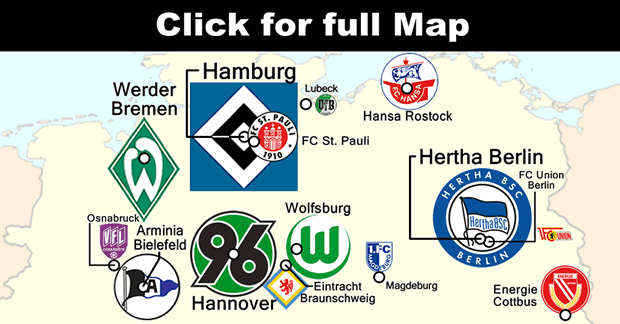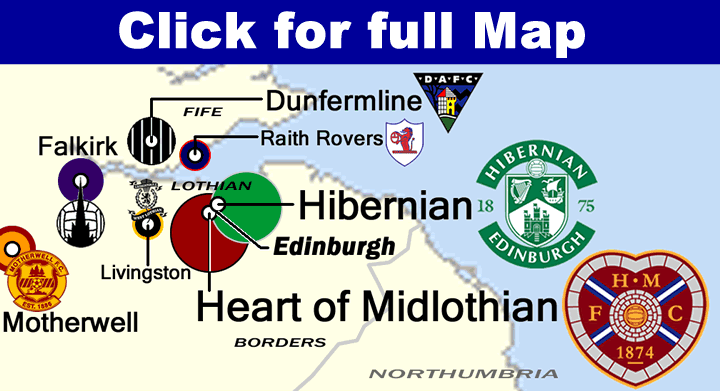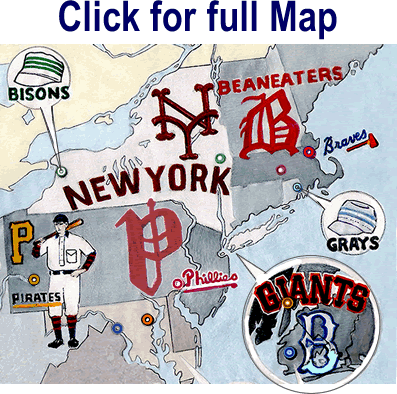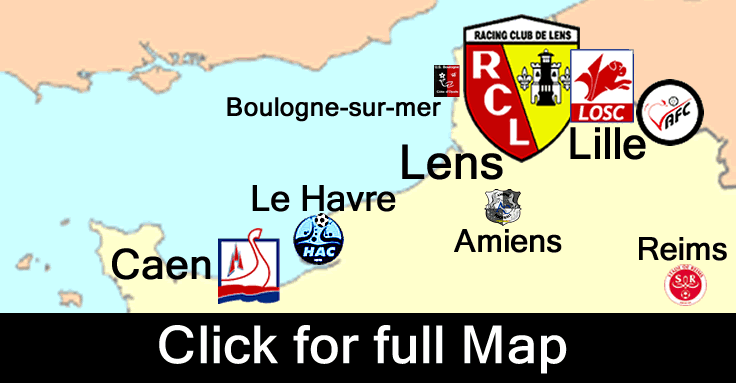…
[Note: I have made 2 more-recent maps similar to this one:
- England: Attendance map of all football clubs that drew over 4,000 per game in 08/09 (77 clubs).
- England & Wales: the highest-drawing football clubs within the English football leagues system (all clubs [74 clubs] that drew above 4 K per game in the 2013-14 season) / Plus a short illustrated article comparing English and German attendances last season, by division.]
…
In years past, this type of map wouldn’t have accurately shown the real balance of power in the English Premier League. That’s because Arsenal only had an average attendance of around 36,000. With their new stadium, a 60,000 average better reflects their standing. Likewise, Liverpool’s fan base is way bigger than the 43,500 that can be squeezed into Anfield, and their projected 70,000 seat stadium will no doubt be easily filled. Everton is another matter. Something tells me there will be a lot more difficulties in building their new stadium, especially since it’s proposed site is outside of the Liverpool city limits. That appears to be a big deal to many Everton supporters. Finally, just look how many clubs in the second (and third) tier had average gates over 20,000. There were 13 clubs in this category, 15 if you count newly relegated Charlton and Sheffield United. Just looking at that figure shows how healthy English football is these days.

